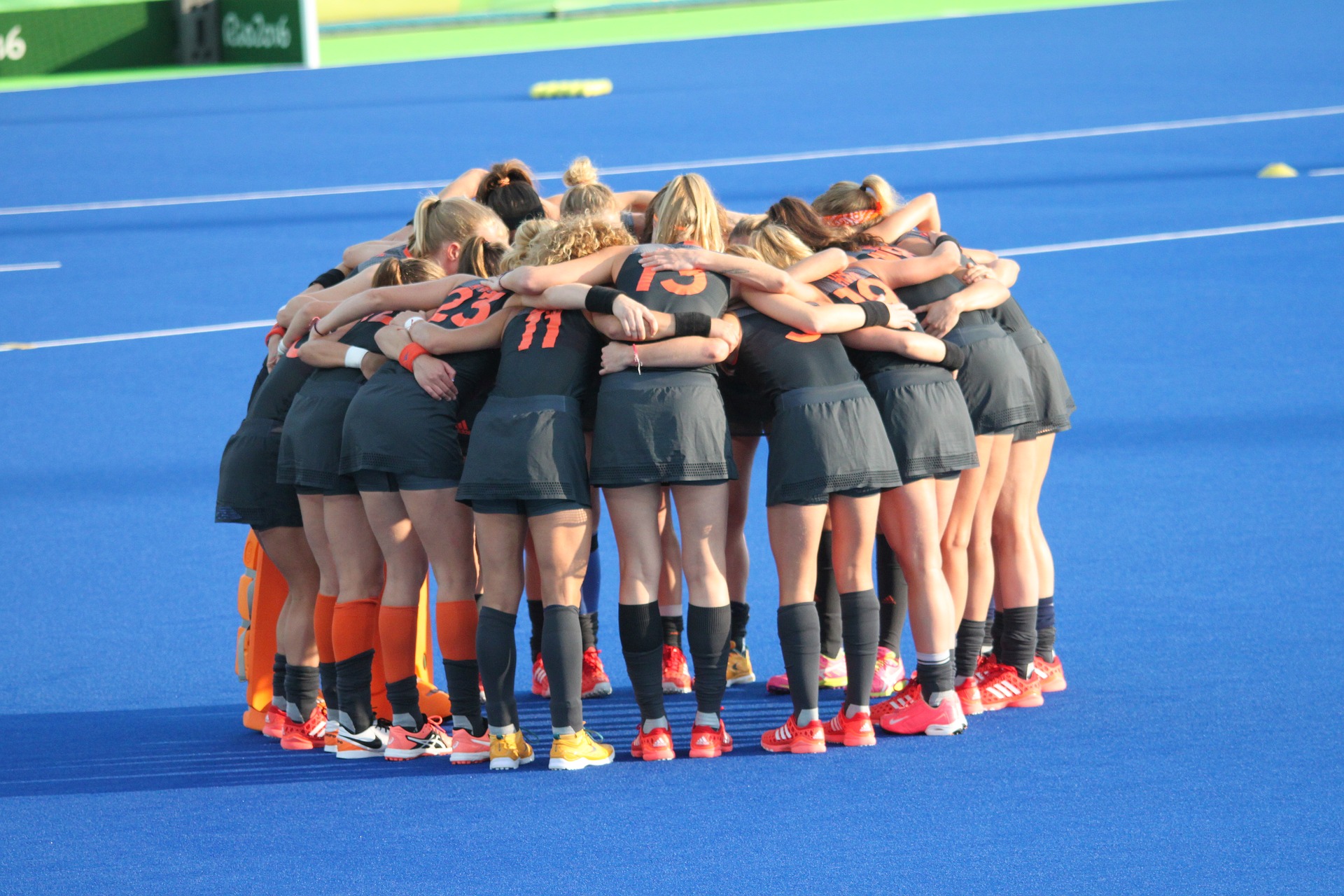In a very short time, women’s ice hockey has gone a long way. The inaugural Women’s World Hockey Tournament was held in 1987. The first fully sanctioned IIHF Women’s World Championship took place in 1990. Women’s hockey was added to the International Olympic Committee’s program of Winter Olympic activities in 1992. In Nagano, Japan, in 1998, women’s hockey had its maiden appearance as a full medal sport.
Popularity of women’s hockey in Canada
The bulk of women’s hockey in Canada is played in the CIS (Canadian Interuniversity Sport), which consists of 29 institutions divided into four divisions. In the United States, women’s hockey is predominantly played in NCA Division I, which consists of 33 colleges divided into four divisions.
Hayley Wickenheiser, Cassie Campbell, Angela Ruggiero, and Cammi Granato are all alumni of these Canadian and American university and college female hockey teams. Female hockey role models were essentially non-existent prior to these women. Who will be the trailblazers of the future?
Young girls playing hockey
Hockey scouts and coaches may now hunt for the young girl who will help their team win championships from the luxury of their offices or homes, rather than the hard benches at cold drinks. Whether it’s a young woman who wants to move from midget hockey to high school or a prep school hockey program, or a young woman who wants to play in the NCAA or CIS, an online hockey recruiting, and scouting service can now help them, as well as hockey scouts, recruiters, and hockey coaches, succeed.
A hockey player may now send their own unique personalized player profile to a database of clubs and schools they wish to play for, complete with individual images and videos, to exhibit their hockey skills and select their own hockey destiny, thanks to Internet technology. That’s all there is to it.
How popular is women’s hockey when compared to men’s hockey?
Women’s hockey, in particular, suffers from a financing disparity when compared to men’s hockey, putting scouting of female hockey players at a disadvantage. What is the answer? The notion of an online do-it-yourself recruitment service not only levels the scouting playing field, but also encourages female hockey players to become the best they can be while playing for the greatest teams. Knowing that there is a service that can answer issues like “where do I play now?” and “how do I get noticed?” is not only comforting, but it also fills a need in women’s hockey scouting.

